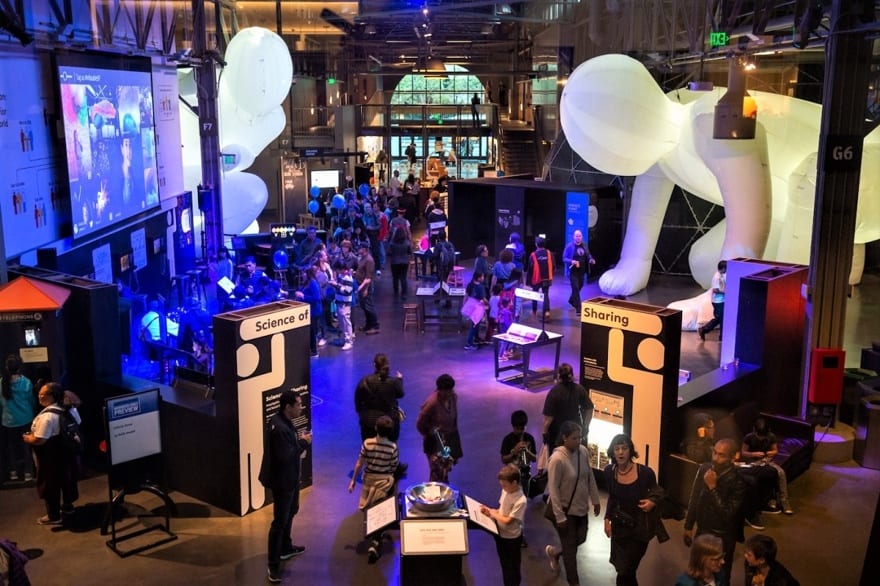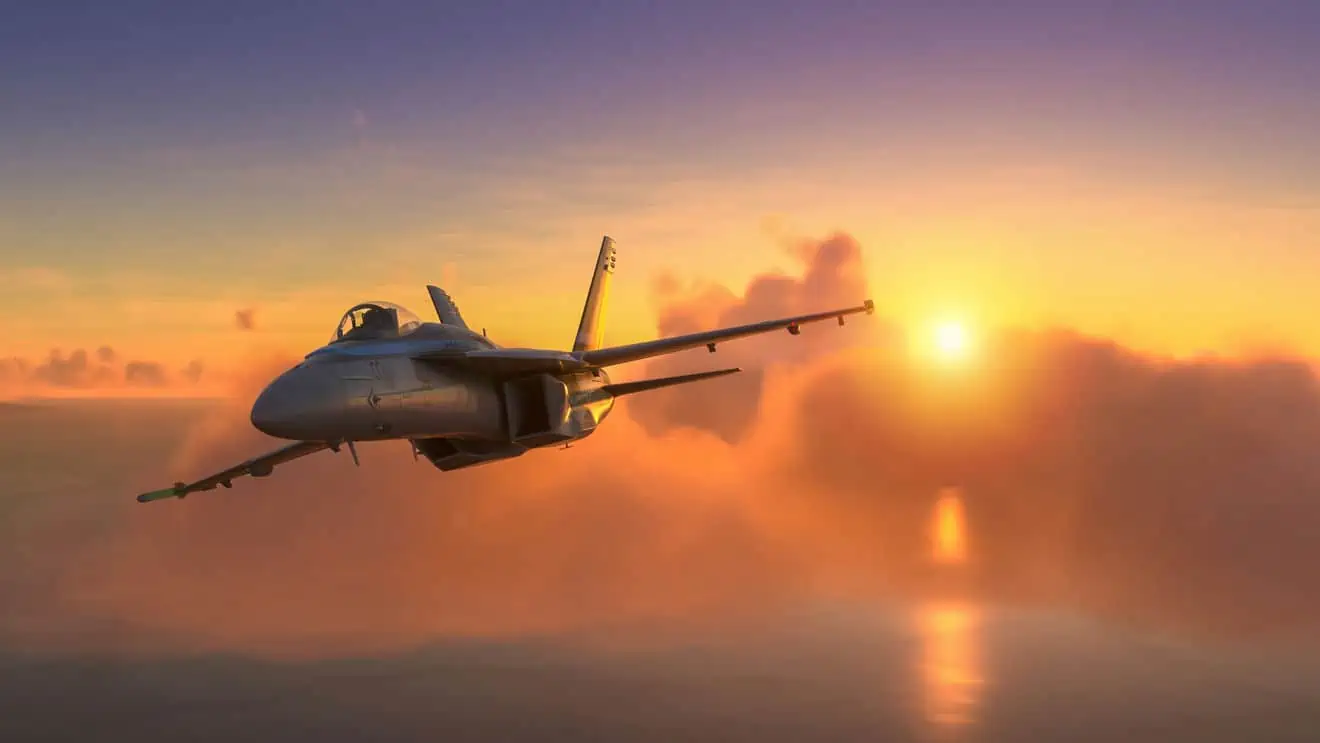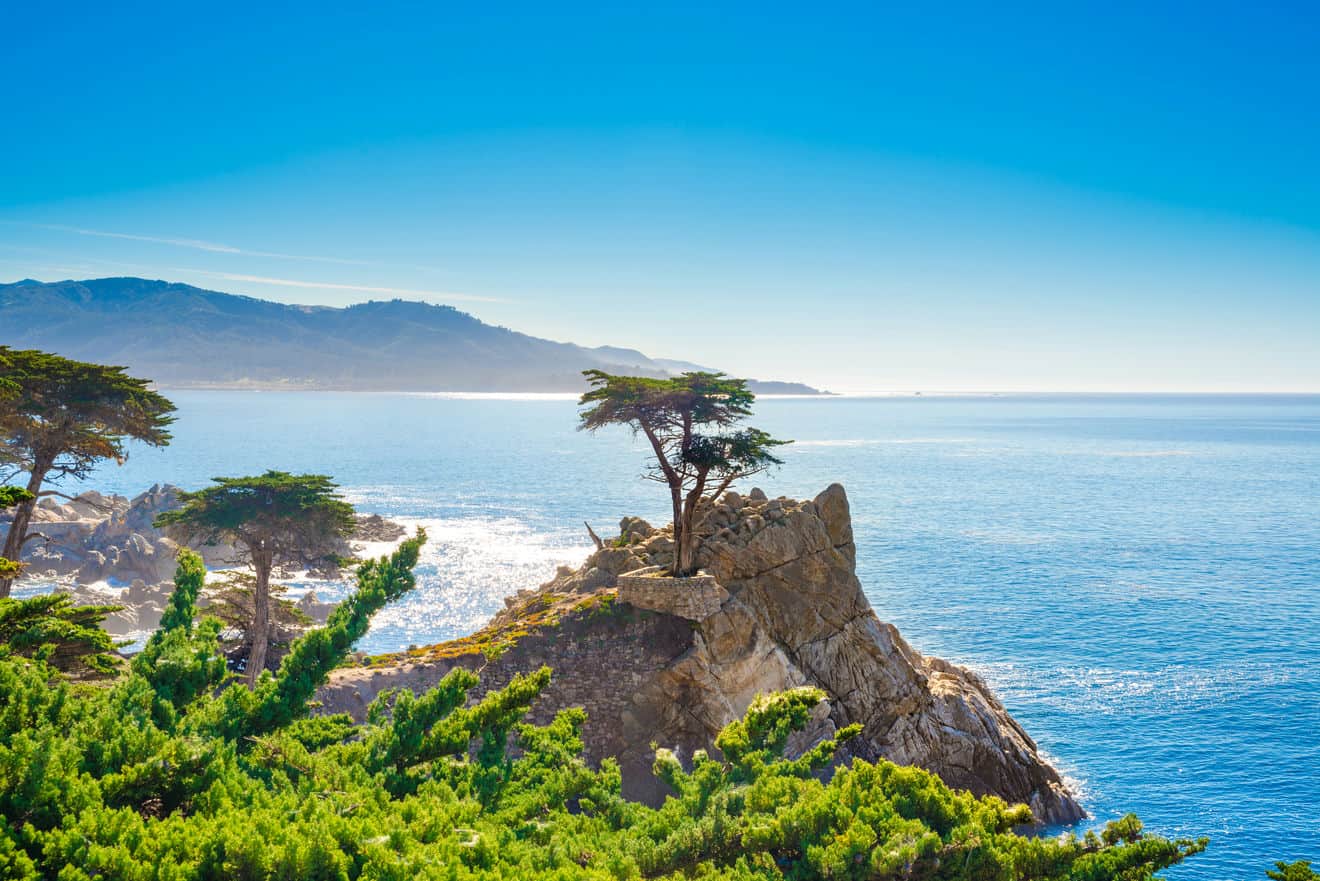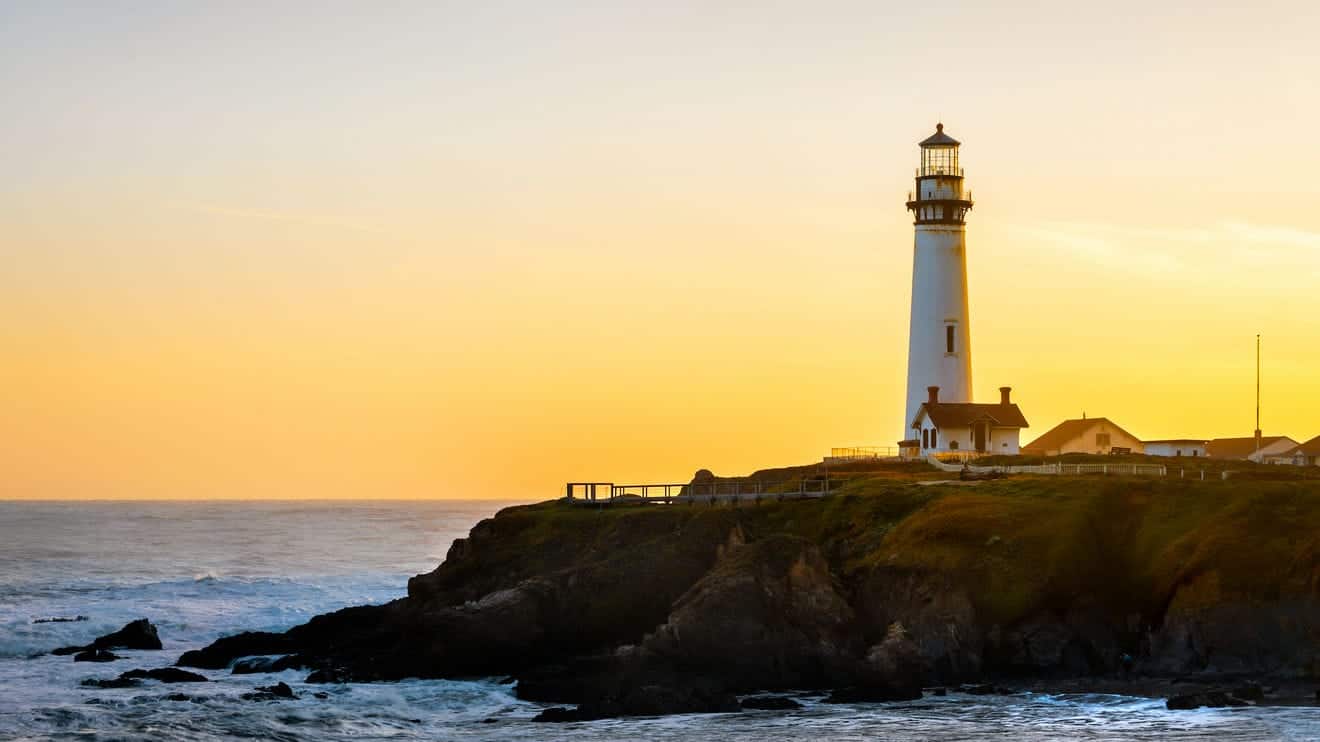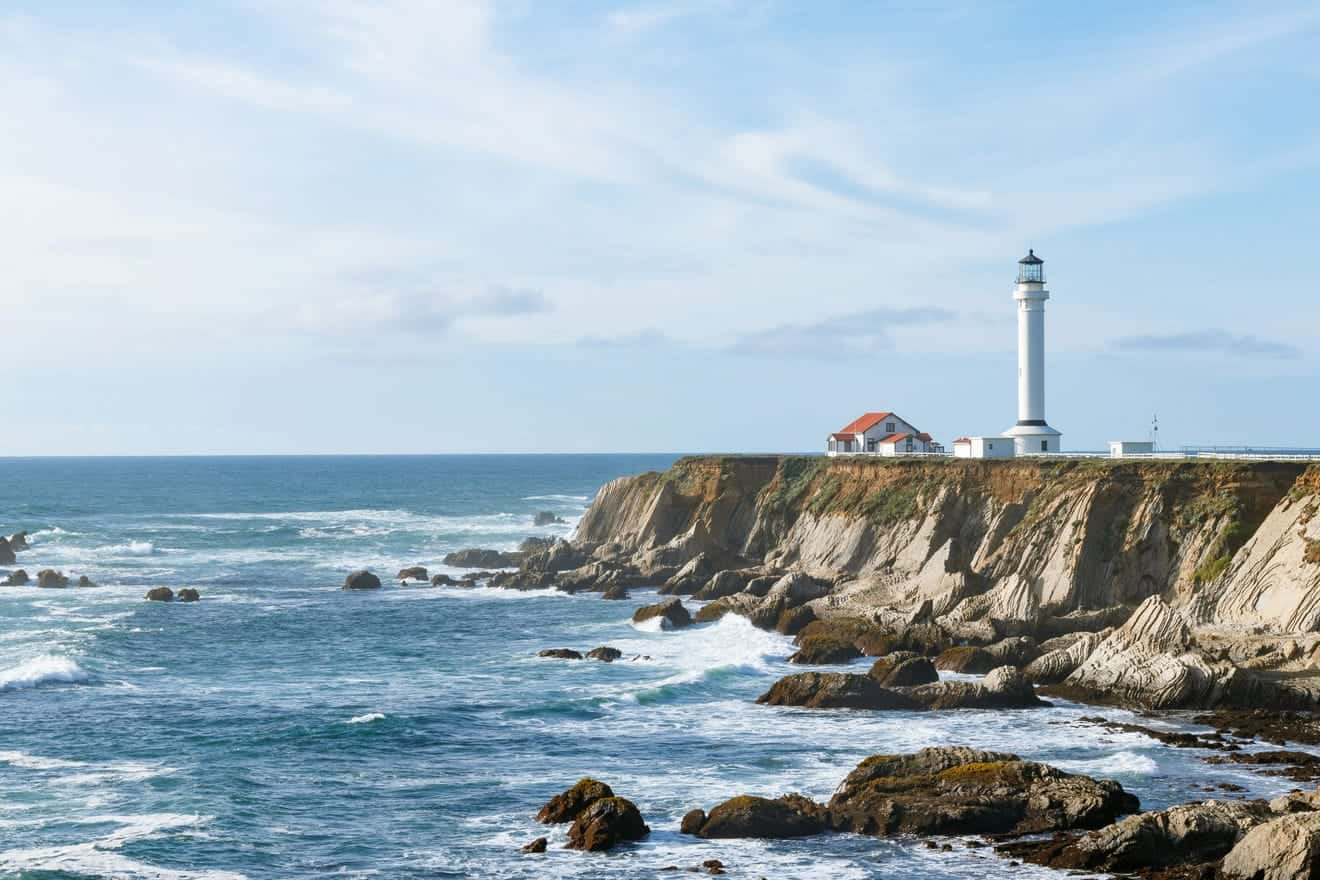Science is literally at your fingertips at the Museum Exploratorium in San Francisco. Inaugurated in 1969, it is one of the main and most visited museums in the city and because it is so interactive, the museum’s main distinguishing feature, you will be able to carry out experiments and tests yourself in the many stations designed precisely to “understand the world through science, art, and human perception”.
Contents
What is the San Francisco Exploratorium? History of the Museum

This ‘library of experiments’ became the core of the Exploratorium collection that he designed and opened in 1969 after visiting some of Europe’s leading museums with a Guggenheim grant. Oppenheimer wanted a museum that was not static and simply visual, but a place where science was within the reach of anyone who wanted to try. The motto in front of the main entrance of the museum is “Here the Exploratorium is created, a museum for the community dedicated to awareness”.
The Exploratorium was hosted at the Palace of Fine Arts from 1969 until 2013, when it was moved to Piers 15/17 at the Embarcadero in San Francisco where it is located today.
Location and Directions
There are different ways to reach the Exploratorium at Pier 15. The most convenient option is to ride a MUNI streetcar. Use the F and E lines and get off at The Embarcadero & Green St, the only one in the area.
As for the BART metro service (a very convenient option if you are coming from the outskirts of San Francisco) the nearest stop is Embarcadero (served by all lines) which is about a 15-minute walk away from the museum.
If, for some reason, you have decided to drive to visit the Exploratorium, the two nearest parking lots (they are paid parking lots, of course) are:
- Pier 19 ½ Parking Lot
- Exploratorium Pier 15 Parking Lot
If you decide to park at one of these two parking lots when you visit the museum, you can use a special discount code. For more details, go to the official website.
Exploratorium Tickets and Hours
The museum is open every day during the summer from 10:00 am to 5:00 pm. On Thursday evenings the museum is open from 6:00 pm to 10:00 pm. During the winter, the museum is closed on Mondays.
Admission costs $29.95 for adults, $24.95 for 13-17-year-olds, college students, teachers, people with disabilities, and seniors and over 65, and $19.95 for 4-12-year-olds. Children under 3 years old are given free admission. On Thursday evenings from 6:00 pm to 10:00 pm, the price of admission is reduced to $19.95.
Information about tickets and tickets with the option to skip lines
To enter the Tactile Dome, you will have to pay $15 in addition to the price of the entrance ticket. To enter, you must be 7 or older and purchase the ticket in advance.
The Exploratorium is one of the attractions included with the San Francisco CityPASS and the All-Inclusive and Explorer versions of the Go San Francisco Card. In addition, there are a few days throughout the year called Community Days when visitors can give a donation instead of paying the full admission price. You can see this year’s Community Days calendar on this page.
Things to Do in San Francisco Exploratorium

Exploratorium Exhibits
The Exploratorium is divided into 6 main areas:
- The first gallery, Osher Gallery, is dedicated to phenomena related to the human body, social behavior, and emotions. The Tactile Dome is also found here.
- The second gallery, Tinkering, is an area where you can make things with your own hands and use your creativity.
- The third gallery, Bechtel Gallery Seeing & Listening, is for experiments with light, sight, sound, and hearing.
- The fourth gallery, Living Systems, explores the DNA and cells of living organisms and ecosystems.
- The fifth gallery, Outdoor Exhibits, is outside and here you can learn more about wind, tides, and natural phenomena.
- The sixth gallery, Fisher Bay Observatory Gallery and Terrace – Observing Landscapes, is located upstairs. Here visitors can learn about the historical, geographical, and ecological aspects of San Francisco Bay and admire an excellent view of the surrounding landscapes.
The museum also has a restaurant, the Seaglass Restaurant, as well as the Seismic Joint Café. Both are accessible even if you do not have a ticket.
Activities for Children and Teenagers
This museum is really kids-friendly. There are no ‘Don’t Touch’ signs and if you have a baby, the staff will never ask to quiet down. Also, if you need to rest, you can go to the Observatory Gallery, where you can enjoy a wonderful view, sit on the rocking chairs in Gallery 4 or go out for a walk and admire the bay and then come back later.
For younger children, here are some activities that I recommend:
- Play with shadows and discover that the shadow is not always black. On the contrary, it can be different colors and in the Shadow Box section you can capture your shadow at that moment forever;
- Get inside a tornado;
- Make giant bubbles and play with colorful bubbles in the Soap Film Painting section;
- Move the magnetic sand and create extraordinary shapes with two magnetic poles;
- Levitate a ball by defeating gravity.
Teens will also be intrigued by the many scientific phenomena in the museum. Some of the activities that are most popular among teenagers are:
- Measure how warm your body is with an infrared camera;
- Create optical illusions with a special mirror so that your friends will see you flying, swimming in the air, or climbing the wall like a gecko;
- Listen with your bones to the sound your body makes as it bites through a straw;
- Take a journey in absolute darkness, guided only by your hands inside the Tactile Dome;
- Dare to drink from a tap placed on top of a toilet. The toilet is clean of course, but not everyone has the courage to have a drink. Many teenagers take pictures at this attraction!
Where to Stay Overnight
The closest recommended areas to the Exploratorium where to find accommodations are Fisherman’s Wharf and Ferry Building. If you want to see an overview of the best neighborhoods to stay in the city, you can read our guide by clicking on the link below.
